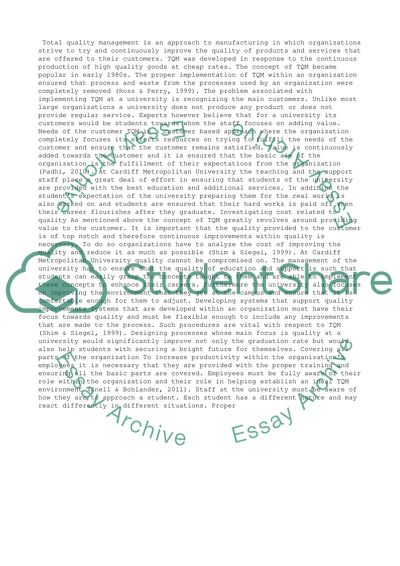Cite this document
(“INNOVATION AND TECHNOLOGY MANAGEMENT Essay Example | Topics and Well Written Essays - 2750 words”, n.d.)
Retrieved from https://studentshare.org/business/1494933-innovation-and-technology-management
Retrieved from https://studentshare.org/business/1494933-innovation-and-technology-management
(INNOVATION AND TECHNOLOGY MANAGEMENT Essay Example | Topics and Well Written Essays - 2750 Words)
https://studentshare.org/business/1494933-innovation-and-technology-management.
https://studentshare.org/business/1494933-innovation-and-technology-management.
“INNOVATION AND TECHNOLOGY MANAGEMENT Essay Example | Topics and Well Written Essays - 2750 Words”, n.d. https://studentshare.org/business/1494933-innovation-and-technology-management.


